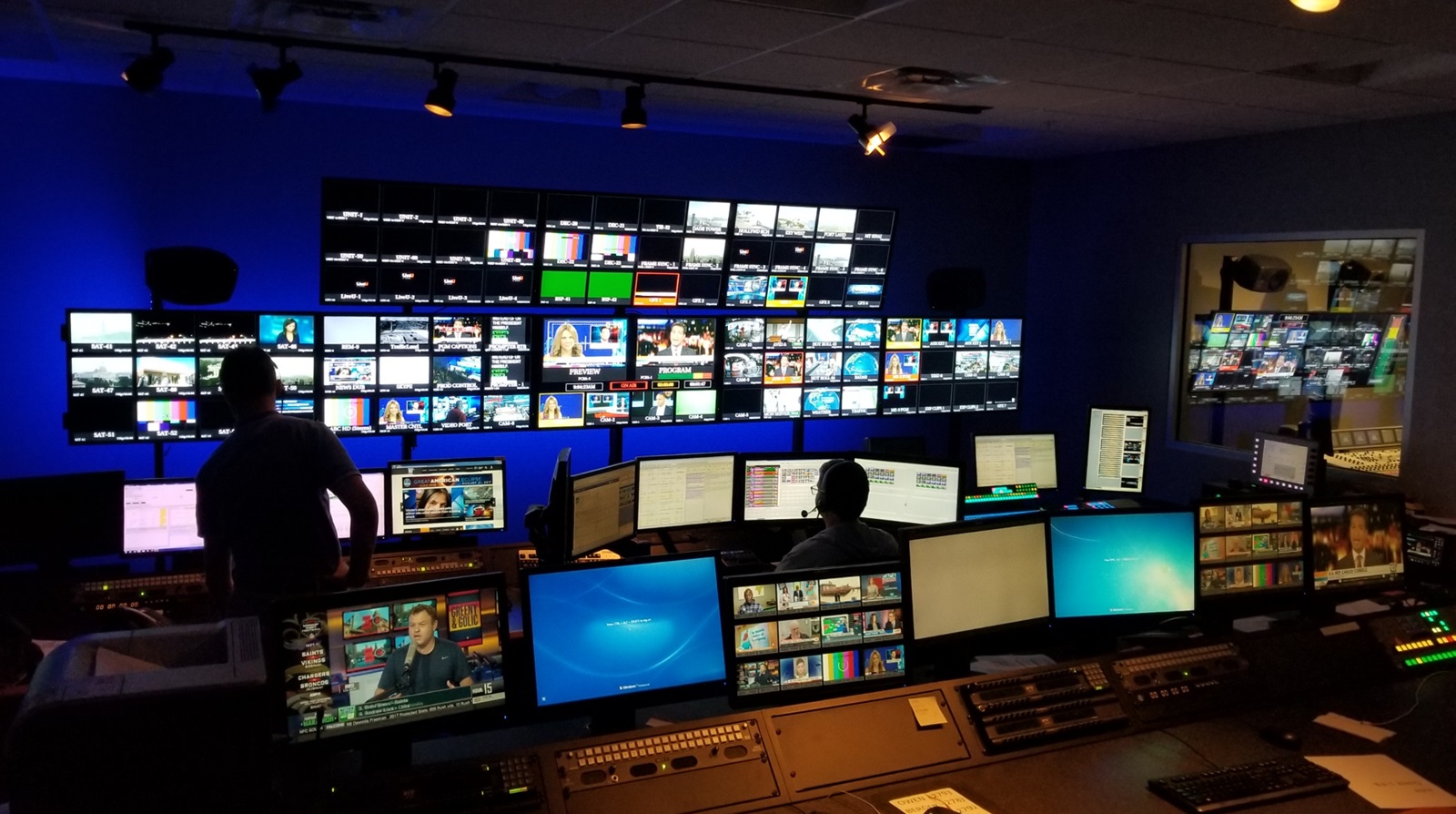
By: Tawanda Carlton, Account Executive
I recently sat down with a local television news producer, Natasha Lee of WSBTV in Atlanta, to not only build on our professional relationship but also gain insights on her day-to-day role and inherit her perspective as someone who sits on the receiving end of media pitches for broadcast.
While we conversed on the nuances of the PR-journalist relationship, story ideas, and relevancy, she left me with an important aspect to consider when pitching to tv stations: Don’t forget about digital producers.
In her experience, she’s found the buck often stops with television producers when PR professionals pitch a story or segment idea for consideration.
“Many times, we (field producers) don’t have the bandwidth to cover your story or event, so pitching the web producer or online content editor is the next best thing. If you have b-roll, images, and information surrounding your pitch idea, the digital producer can run the story online.”
Natasha also left me with a few additional takeaways you may want to consider for pitching to digital content producers:
Their Reach is Infinite
When you are pitching to local broadcast, unless your story has “viral appeal”, it will only land with a limited audience. Pitching to digital content producers allows you to increase your client’s reach far beyond the realm of local media.
Turnaround Times can Be Immediate
With digital producers, you don’t have to wait to see your story on the morning evening or late-night newscast. They’re constantly uploading content and have the ability to post your story right away.
Multiple Media Platforms Are Targeted
For digital producers, content overload is a good thing. With the right information, digital editors are able to reach audiences across a myriad of platforms – from websites to various social media channels. Their day-to-day newsgathering plays outside of the confines of a standard 20-minute newscast and is truly the definition of the 24-hour news cycle.
Our conversation also brought back memories from my news producing background that I still reference when pitching to the media that may prove helpful:
Is Your Story Local, Late-breaking or Live?
TV producers live by these three components when considering a story so think about this when you pitch your angle. Our agency makes sure to keep these three components top of mind when deciphering if a story has broadcast appeal. How will your story impact the local audience? Is it interesting and timely? One of our top media placements came from a client who spoke on mastering the job search, featured on Atlanta Tech Edge. This topic is always timely, has mass appeal, and resulted as one of the highest rated segments of the show.
Consider the Timing
News stories mimic the time of day. For instance, if you are pitching a story on volunteerism, philanthropy, perfecting the job search, or a new product, your story is best pitched to the morning producer. Their shift normally starts at midnight and ends around 9 am (remember the 24-hour news cycle). To mitigate this, our team schedules email pitches for morning segments so that we catch morning producers before they shift concludes. Evening producers are looking for hard-hitting news as night falls, so we share pitches with them around 9 or 10 am. It may be hard to believe but, it takes a full 8 hours to build a 25-minute newscast. Sharing pitches in the morning for an evening producer is key. Remember, consider the story along with the actual timing.
Is Your Client TV Ready?
This may be a hard pill to swallow for some PR professionals looking to land an on-air spot. The truth is, not all clients are ready for broadcast. Sometimes they are better served to provide comments for print or digital mediums. One way to prepare your client for television is to suggest media training or provide counsel on the appropriate way to answer questions in real time. Our agency has helped several clients prepare for on-air media interviews, from suggesting appropriate attire to preparing them with questions prior to an appearance. Whether you take the digital or broadcast route, the key to securing the best coverage for your client comes down to learning, and knowing, the appropriate route to take. This ensures your pitches attract the interest of the network and your client comes across polished, professional and knowledgeable about the subject at hand.